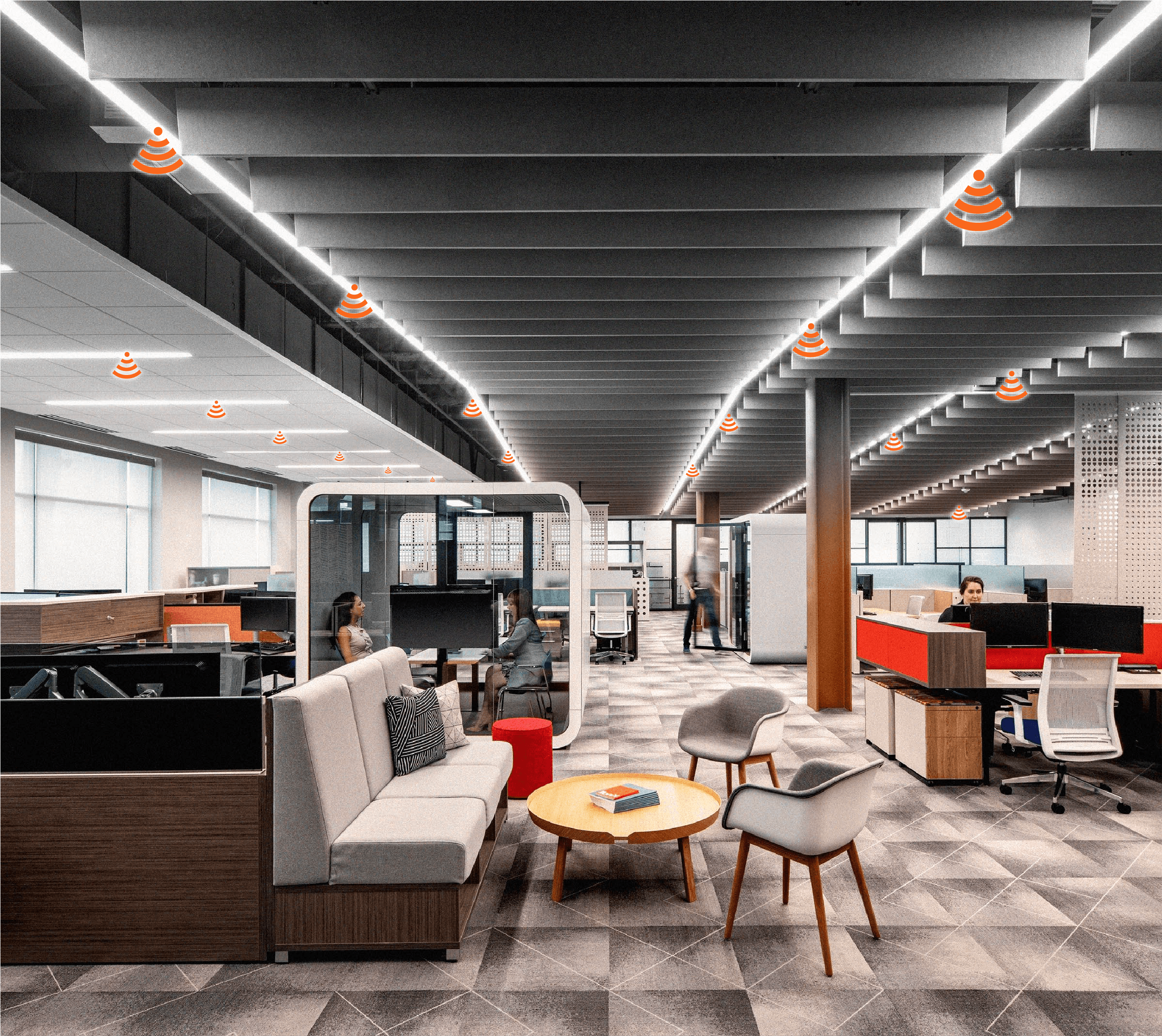The Intelligent Illumination Revolution
-(2)-(1).jpg)
Enlightening Progress: From Inefficiency to Innovation
Smart lighting is transforming the way we illuminate spaces, exerting a significant influence on contemporary living. This technology has progressed from inefficient incandescents to efficient LEDs, and now, to the forefront of innovation—smart lighting systems. In the present day, smart lighting systems have taken center stage, not only offering energy-efficient illumination but also introducing a level of control and automation that was once considered futuristic.
Smart lighting revolutionises modern living.
The Pillars of Smart Lighting
Smart lighting systems are constructed upon a foundation of sensors, controls, and connectivity, working in harmony to provide a seamless lighting experience.
- Sensors, including motion detectors and ambient light sensors, enable lights to respond to their environment, adjusting brightness and color temperature as needed.
- Controls can be operated manually through mobile apps or voice commands, empowering users to fine-tune their lighting preferences.
- Connectivity options such as Wi-Fi or Bluetooth facilitate remote control and integration with other smart devices.
These key components together create a dynamic lighting ecosystem that enhances both functionality and user experience.
Smart Lighting's Transformative Impact
A series of enlightening case studies demonstrate the remarkable potential of smart lighting in diverse settings. In smart homes, users can schedule lighting to match their daily routines, saving energy and boosting security by mimicking occupancy during their absence. In commercial spaces and offices, smart lighting not only reduces energy costs but also enhances productivity by providing ideal task lighting and creating inviting environments. Public spaces, like streets and parks, benefit from smart lighting's energy conservation and enhanced safety; streetlights brighten when pedestrians are nearby, conserving energy during quiet hours.
In healthcare facilities, smart lighting mimics natural daylight, positively impacting patients' circadian rhythms and aiding in their recovery. Retail stores use dynamic lighting to attract shoppers' attention and create an appealing shopping atmosphere. Museums employ smart lighting to accentuate artworks and artifacts while protecting delicate pieces from harmful UV rays. Across these settings, smart lighting systems demonstrate their potential to enhance energy efficiency, convenience, and the quality of life for individuals.
In conclusion, the intelligent illumination revolution is reshaping our interaction with light in daily life. From the evolution of lighting technology to the components of smart lighting systems and their impact on various settings, it's clear that smart lighting can improve energy efficiency, convenience, and overall living standards. As technology advances, we can expect even more innovative applications of smart lighting, further enhancing modern living environments.

